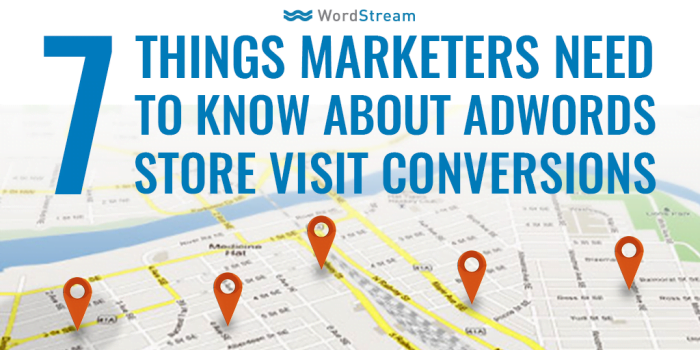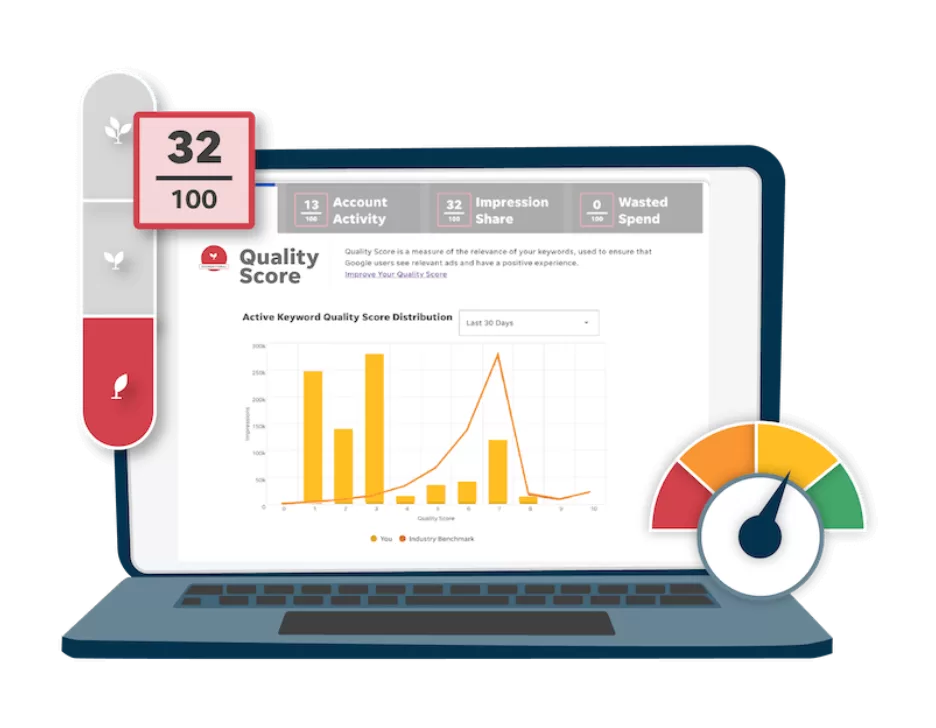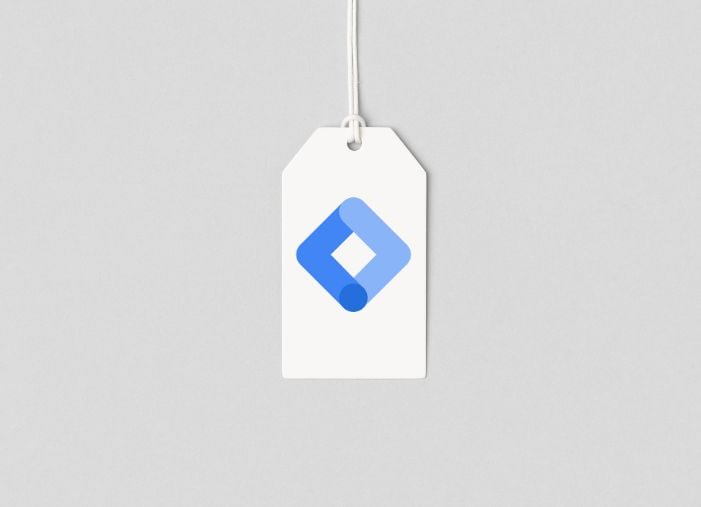E-commerce sales totaled more than $341 billion in 2015. That’s huge. But amazingly, 90 percent of sales still happen in stores, not online, according to Google.
That’s why Google Ads (formerly known as Google AdWords) introduced the in-store visits metric in 2014. The consumer purchase journey is now more complex than ever – and Google wanted to create a way businesses could understand how much in-store foot traffic their location-based PPC ads were driving.
Thus far, Google has measured more than 1 billion store visits. But not every business has access to this powerful metric.
At the Google Performance Summit – where Google announced Expanded Text Ads, new local search ads, and gave us a preview of the new Google Ads interface – in-store conversions were one of the huge topics of conversation, and Google promised this metric would soon become more widely available to more businesses.

If you’re a local business, the combination of new Google Maps Local Search ads and in-store conversions will be an absolutely killer combination.
To get you ready, here are seven things you need to know about Google Ads’ store visit conversions.
1. What Are Store Visit Conversions?
Google estimates store visit conversions by looking at phone location history to determine whether someone who clicked on your search ad ended up visiting your store. Google looks at ad clicks on all devices – smartphone, desktop, and tablet.
In-store conversion data will help you understand which ad campaigns, keywords, and devices send the most people to your store so you can optimize your account to increase ROI. It doesn’t guarantee that someone bought from you – just that they visited after clicking on one of your ads.
Google’s goal is to provide the data so you can attribute the online value of your ad spend. In less than 2 years, advertisers in the retail, restaurant, travel, automotive, and finance industries have counted more than 1 billion store visits globally.
For privacy reasons, in-store conversion data is based on anonymous and aggregated data gathered from people who have Location History turned on. A conversion can’t be tied to an individual ad click or person.
In addition, as Matt Lawson, Director of Performance Ads Marketing for Google, wrote on Search Engine Land:
“Simply being near a store doesn’t automatically count as a visit. There are additional considerations.
We know that a one minute visit isn’t the same thing as a thirty minute visit. One minute could simply mean that a shopper passed through a store on the way to get a hot pretzel from Auntie Anne’s at the food court. There’s even such a thing as too much time spent in one location. Employees who spend time at stores in long, discernible patterns aren’t counted as store visitors.”
Here’s Google’s official overview video on Google Ads Store Visits Conversions:
2. What Technology Does Google Use to Measure Store Visits?
Google Maps knows the exact coordinates and borders of millions of businesses globally. That’s why the Google Ads team worked with the Google Maps team to match location history for hundreds of millions of users with Maps data for more than 2 million businesses.
Google says they use a hybrid approach with a large number of signals in order to measure visits. According to Marketing Land, some of those signals include:
- Google Earth and Google Maps Street View data.
- Mapping of the coordinates and borders of hundreds of millions of stores globally.
- Wi-Fi signal strength in stores.
- GPS location signals.
- Google query data.
- Visit behavior.
- Panel of over 1 million opted-in users provide their on-ground location history validate data accuracy and inform the modeling.
To ensure accuracy, Google also surveyed more than 5 million people to confirm they actually visited a store. Google used this information to update its algorithms and reported that its results are “99 percent accurate”.
3. What’s New With Store Visits?
At the Performance Summit, Google announced that it most recently made in-store visits available to manufacturers, like auto manufacturers, to track store visits to dealerships.
Google shared a case study on how Nissan UK has been using store visit conversion data to see which keywords and campaigns were driving people into their dealerships to buy a car and increase their ROI by 25x. They’ve used the data to map buyer journeys to reach them at key moments of the research journey.
They discovered that 6 percent of their mobile ad clicks resulted in a visit. This is huge, considering that the average consumer only visits a dealership twice before actually buying.
You can see more in this video Google Ads posted:
Google shared two other case study last year showing how PetSmart and Office Depot used store visit data.
4. Is Google Using Beacons To Improve?
Google said it is starting to experiment with beacon technology to improve its algorithm. Google is exploring how to use Bluetooth Low-Energy (BLE) beacons for in-store analytics and in-store visits.
In fact, Google has a BLE beacon pilot underway that should eventually help people who operate at smaller locations and businesses by ensuring Google is getting and providing the most precise and accurate location data for the least amount of effort.

5. How Many Store Visits Are Incremental?
Though most purchases happen in person at a physical location, digital channels – especially paid search – still play a huge role in the research and buying process.
Google wanted to quantify the substantial offline impact mobile search ads can have on a business. So Google ran a study of 10 top big box U.S. retailers (including Target and Bed, Bath & Beyond) to determine how many store visits are incremental.
What Google found was that, on average, the number of incremental store visits driven by mobile search ads actually exceeded their number of online purchase conversions.
The study essentially found that these store visits otherwise never would have happened, if not for the influence of mobile search ads.
6. How Can You Get Access to Store Visit Conversions?
Store visits have been made available to more than 1,000 advertisers in 11 countries so far, and Google promises more will gain access soon. If you want to start tracking store visits, you can contact your account manager.
Not every business can track store visits yet – there are a few requirements. You must:
- Have multiple physical store locations in an eligible country.
- Receive “thousands” of ad clicks and “many” store visits every month.
- Link a Google My Business account to your Google Ads account.
- Enable location extensions.
7. Where Can You View Visit Conversions?
Store visit conversions will be added to the “All conversions” column in your campaign reports. If you haven’t already, you’ll need to add this column to your reports:
Store visits are available at the campaign, ad group, and keyword level and can be segmented by device.
Google provides step-by-step instructions here.







